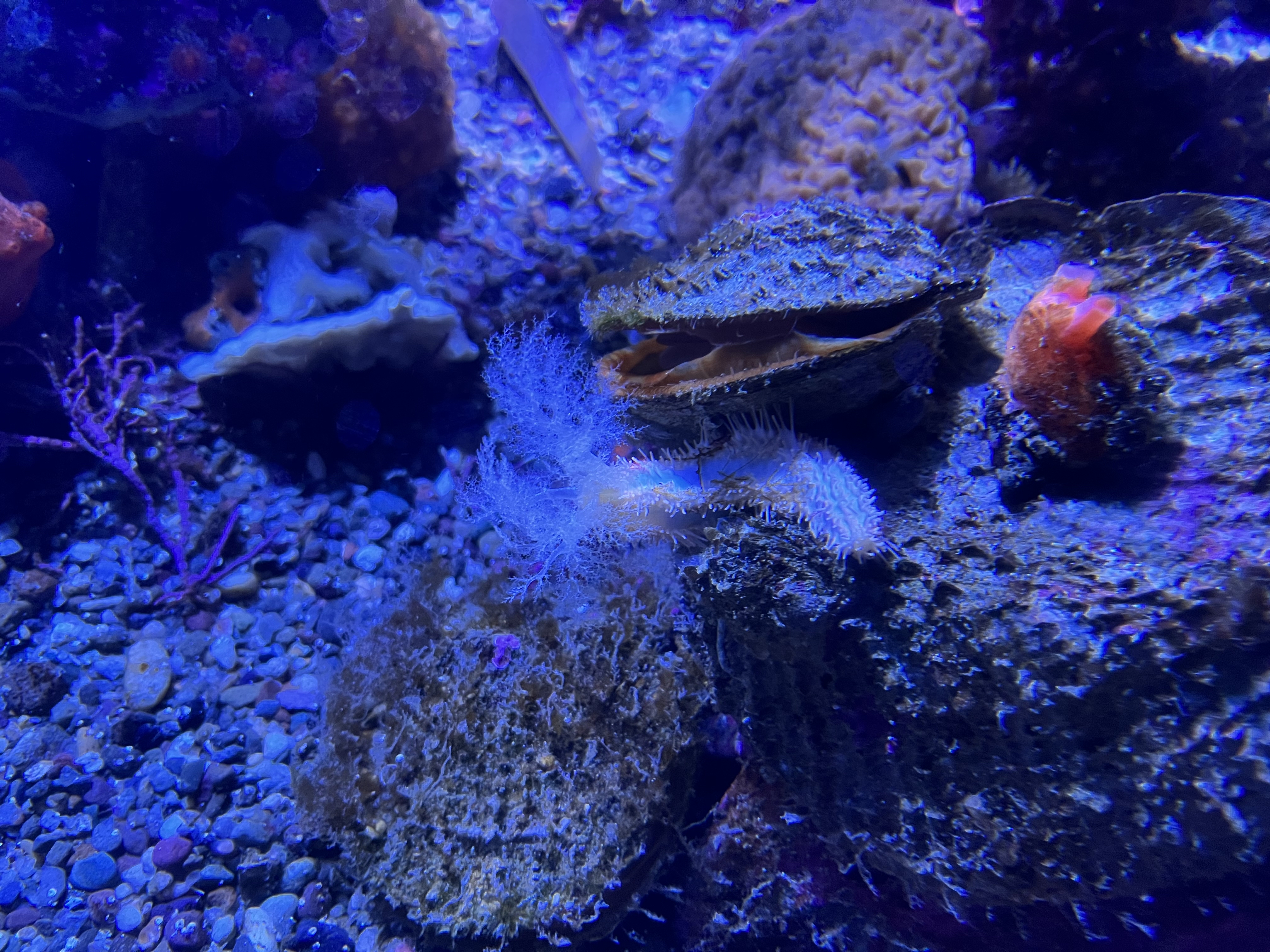Difficulty
beginner
Viz (last reported 18396h ago)
N/A
Max Depth
18 ft
Snorkeling and Scuba Diving at Breakwater
In many areas the rock blocks are covered with a lush carpet of strawberry anemones, which make interesting subjects for macro photography. Numerous fish eating anemones with their bright red bases, as well as the large green anemones are common near the end of the breakwater, along with some mighty big sea stars. One of the most beautiful creatures found here are the nudibranchs. Members of the dorid family are very common and can be seen grazing on sponges. This group of nudibranchs includes the bright yellow lemon nudibranch, the white-and-black ringed dorid, and the orange-spots-on-white clown nudibranch. The generally more colorful and ostentatious group, the aeolids, are also quite common here including the thick-horned aeolid.
One of the biggest attractions that the Breakwater has to offer is its large colony of California sea lions. The last half of the breakwater is not accessible to people and is a favorite haul-out of these large and noisy mammals. Their barking can be heard for some distance both above and below the water. Divers can get a close up look of the herd as the sea lions sun themselves and an even closer look underwater. While normally shy when on land, the sea lions are at home in the water and lose much of their fear of people. The sea lions will normally dive down and investigate divers. They sometimes charge a diver at full speed, only to veer off at the moment before contact. They also seem to have great fun barking underwater, leaving a belch of bubbles in their wake.
At the base of the breakwater stretches a sand bottom. The sand is dotted with sea pens and white, orange and purple tube-dwelling anemones as well as aggregating anemones. Living among the tube-dwelling anemones can be found the largest California nudibranch—the rainbow nudibranch. These dendronotids are excellent swimmers and feed on, and lay eggs, on the tube-dwelling anemones.
Keep a keen eye for octopuses among the anemones as well. These are most easily found at night, but may be found during daylight by looking under drifting kelp fronds. No matter if the seas are big or flat, you can almost always have a fun dive at the Breakwater.
Dive along the outside of the Coast Guard pier in Monterey.
Breakwater is also known as Coast Guard Pier.
Access
shore
View
Nearby Shops
Tide Report
5
4
3
2
1
(2)
